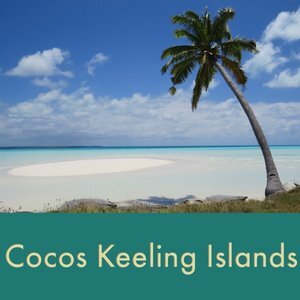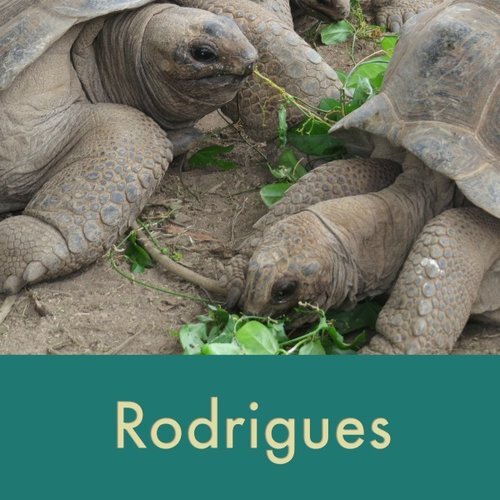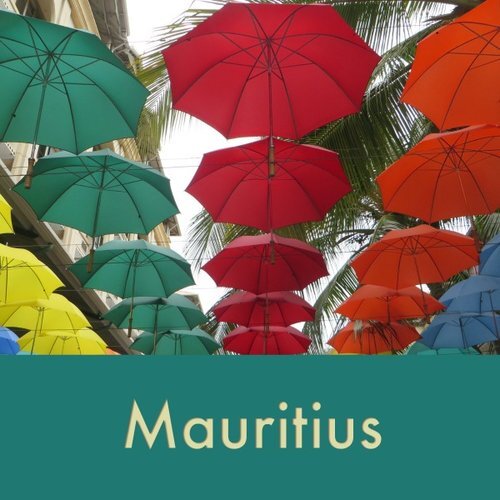Crossing the Indian… A Wild and Fickle Ocean
The world’s third largest ocean, The Indian, was probably named after the country of India since early mariners who sailed to India for its rich trade sailed across these waters. The Indian was the fourth major ocean we experienced, and it was by far, the most challenging with fickle winds, contrary currents and unpredictable squalls. From the western shores of Australia to the east coast of Africa, come with us as we ply these temperamental waters with island stops along the way.
Indian Ocean Facts
Of the total water that sits on this Earth, 20% is found in Indian Ocean.
The imaginary line that separates the Indian Ocean from the Atlantic Ocean is the 20° east meridian that starts at Cape Agulhas, South Africa, and runs south. The Indian and the Pacific are also separated by an imaginary line. The oceans’ boundary starts at Tasmania’s southernmost tip and runs south.
According to Knoji Geography, “The Indian Ocean includes “57 island groups or archipelagos, 16 seas or large gulfs, borders 16 African countries, 18 Asian countries and one Australasian state, and covers five submerged, oceanic ridges, five divergent tectonic plate boundaries and one Triple Point.”
The Indian’s average depth is 12,990 feet (3960m) and its deepest point is Java Trench’s Sunda Deep with a depth 24,442 feet (7,450m).
Of all offshore oil production that takes place in the world, 40% comes from Indian Ocean
The waters of the Indian Ocean provide the world's largest breeding grounds for humpback whales.
Come along with us on our passage across the Indian Ocean and/or stop at the Indian Ocean islands we visited along the way.





